Hyperboloid Banyan
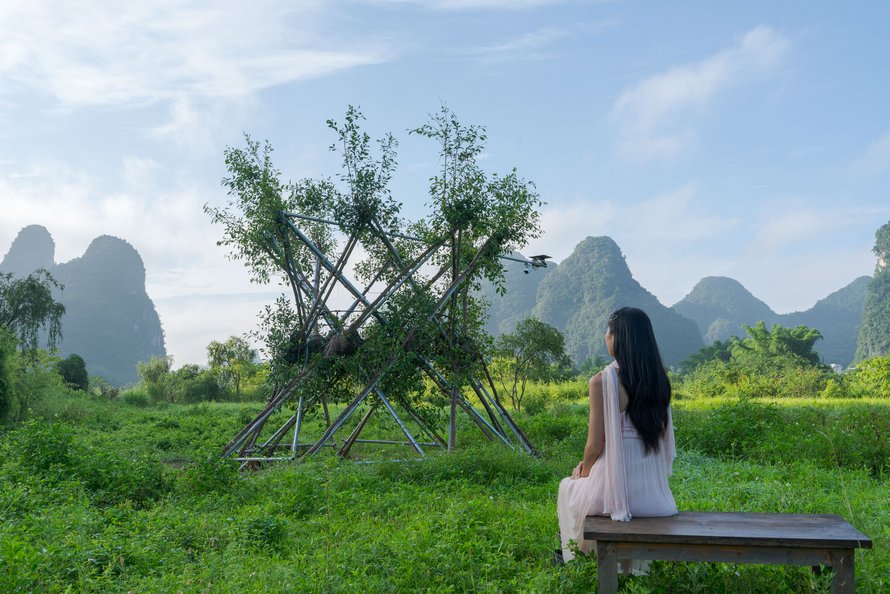
As the metal rusts, the banyan trees fuse into a single living organism. An ecosystem is born where humans live in harmony with nature. Will this be the future of architecture?
Site

The Hyperboloid Banyan is located at Herbsforest in Yangshuo, China. Herbsforest is an eco-garden popular with tourists. The entrance of the sculpture is oriented towards a mature Chinese Hackberry tree where young couples meet at sunset. In the distance, the Yulong river stretches. The massive karst mountains of Yangshuo provide the backdrop.
Use
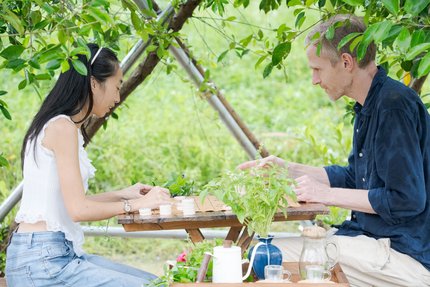
When visitors enter the sculpture, they experience being surrounded by what will eventually become one big tree. The canopy provides shade and generates a pleasant climate in Yangshuo’s hot and humid summers. It is a place to relax, to have celebrations, and to enjoy the produce of the garden.
Geometry
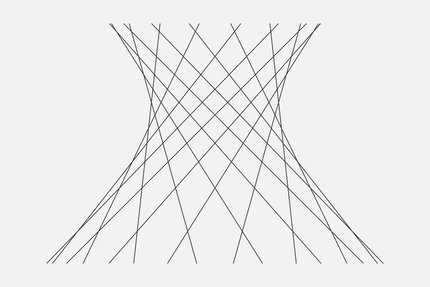
The geometry of the sculpture is that of a hyperboloid tower. This is a three dimensional mathematical structure. Despite being comprised only of straight lines, it looks curved when viewed from the side. When viewed from the top, it looks round. Hyperboloid towers have been built from various materials all over the world. This one is unique: It is alive!
Scaffold

As base structure for the trees, a metal scaffold has been built. It is made of 48 mm galvanized iron tubes. The tubes are connected with modified JIS couplers. The metal parts will last many years before they succumb to rust. At that point, the trees should have fused into a single organism that is strong enough to support itself.
Planting
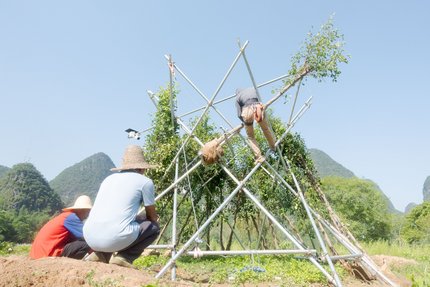
On the scaffold, thirty Chinese banyan trees were planted, sixteen on the top layer, and fourteen on the bottom layer. Each tree has a straight trunk about 2.5 m in height and 5 cm in diameter. The trees are mounted using screws.
Growth

Nature designed Chinese banyan trees so that they can start their life on top of tall structures. Seeds get deposited by animals such as birds or bats. With their aerial roots, banyans grow complex support system that allow them to attach to different geometries. In city environments, one can find them growing on houses. As co-creators, they will find their own interpretation of the hyperboloid tower.
Regeneration: Flora
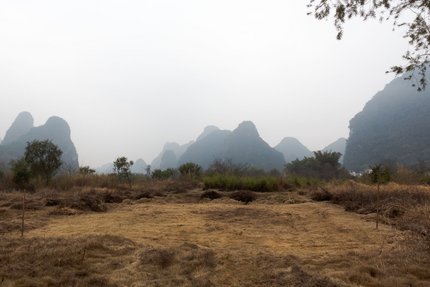
Banyan trees are pioneers. As part of this project, they were planted on barren former agricultural land. They create the conditions for other plants to thrive. Traditional construction destroys ecosystems. Building with trees regenerates. At the same time, space is created for humans, in harmony with nature.
Regeneration: Fauna

Not only do the improved ecological conditions created by the trees attract a variety of plants. They also attract animals. Documented on the sculpture are tree frogs, snails, ants, spiders, and more. The goal is to keep the newly established ecosystem in good balance for all visitors to enjoy.
iNaturalist project: Hyperboloid Banyan
Maintenance
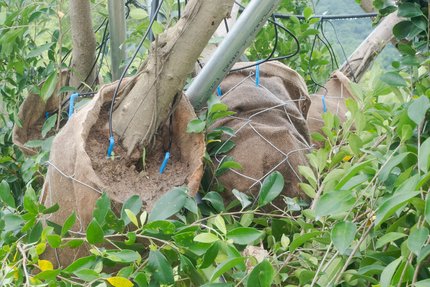
For optimal growth condition, a drip irrigation system has been installed. A soil sensor monitors humidity. Regular pruning and guiding of the roots is necessary to create an outcome that is comfortable both for the trees as well as for the human visitors. This type of architecture is about processes rather than finished products.
Creator
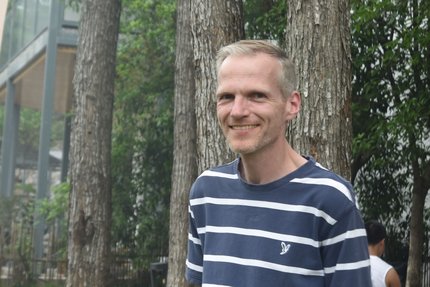
With an academic background in architecture and physics, Felix E. Klee explores non-static buildings that adapt to the environment. His earlier works are mechanical systems, such as the Reality Builder or the Self-Aware Network. While utilizing plant materials as part of these systems, he discovered living architecture. Trees inherently adapt to the environment. They are masters of engineering. Felix’ preferred building material is the strangler fig.
Credits
This project would not be possible without the team of Herbsforest and all those who volunteered and gave advice.
Core team: Mrs. Wang, Yifan Wang, Jon
Structural engineering: Ed Wilkes
Advice: Matt Hope (metal), Cornelius Hackenbracht and Gavin Coates (arboriculture)
Construction help: Luca, Adam, Richard Chen and his team of workers, the two ladies at the garden
Translation: Rachel, Jerry
Special thanks go to Owen, who introduced Felix to the garden, and to Dr. Bambu for bringing up Yangshuo in the first place.
The trees were sourced by Mr. Tao, via his nursery in Guilin.











